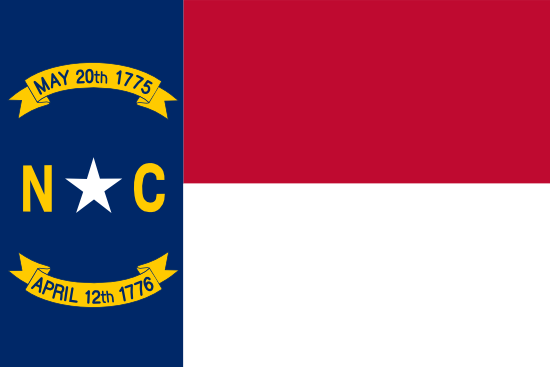
Winston-Salem
- County:
- Forsyth County
- County Seat:
- Yes
- Area (mi²):
- 133.584
- State:
- North Carolina
Winston-Salem is a city located in Forsyth County, North Carolina. Winston-Salem has a 2025 population of 255,769 . It is also the county seat of Forsyth County . Winston-Salem is currently growing at a rate of 0.96% annually and its population has increased by 2.62% since the most recent census, which recorded a population of 249,231 in 2020.
The median household income in Winston-Salem is $57,673 with a poverty rate of 17.9%. The median age in Winston-Salem is 35.6 years: 34.6 years for males, and 36.3 years for females. For every 100 females there are 87.4 males.